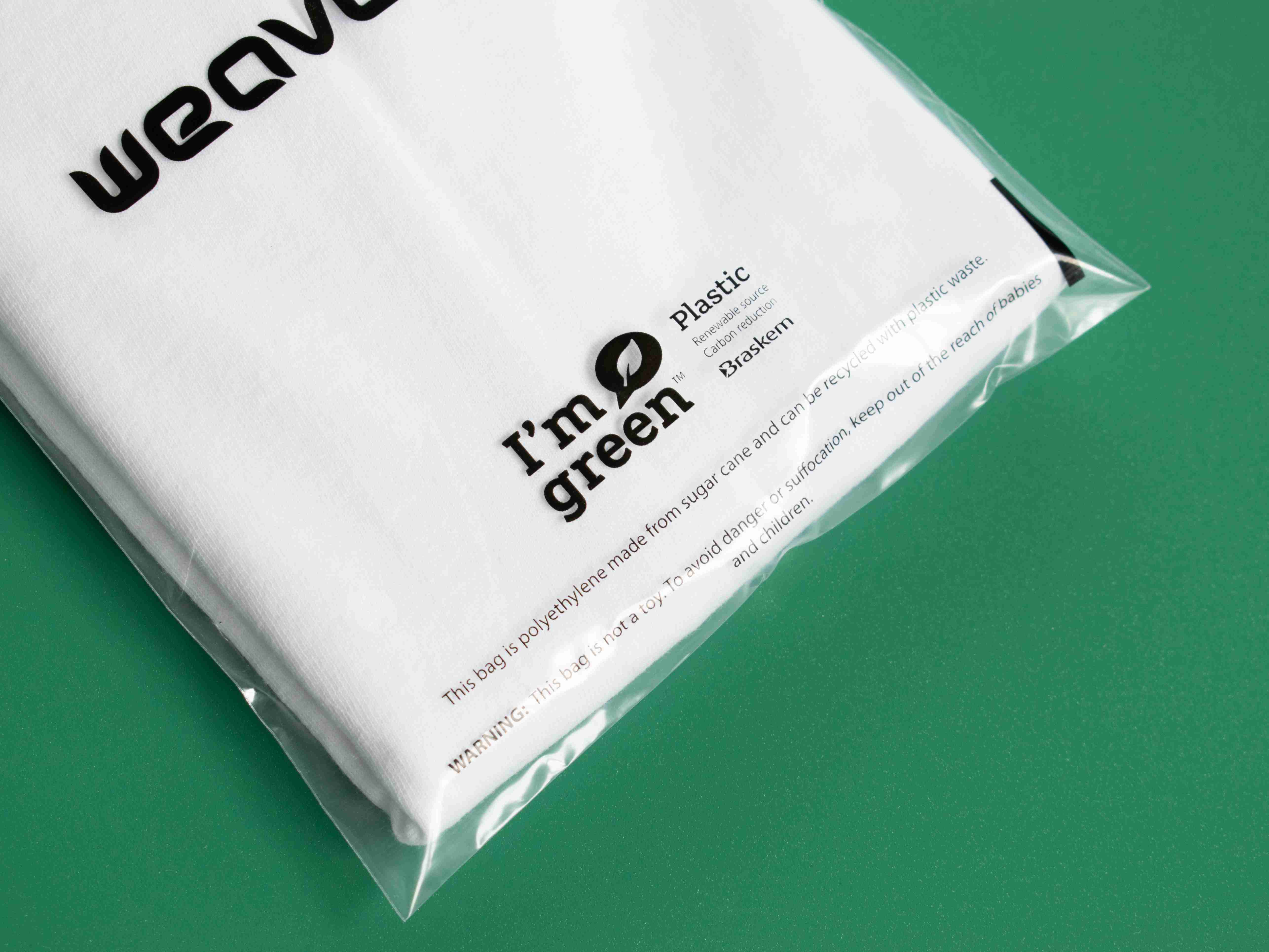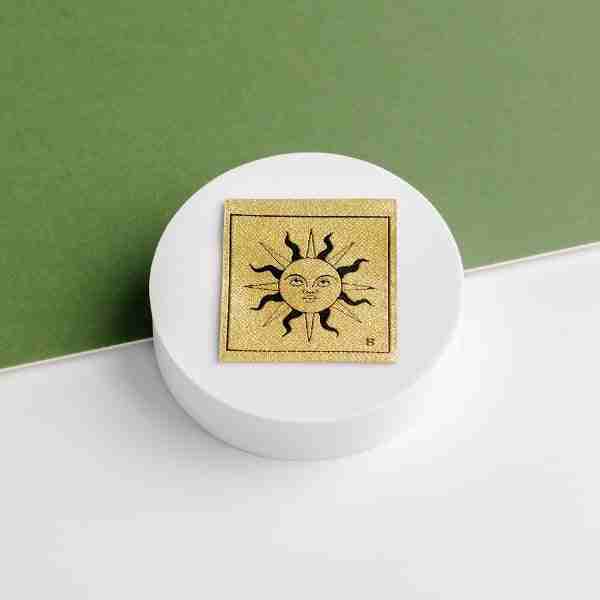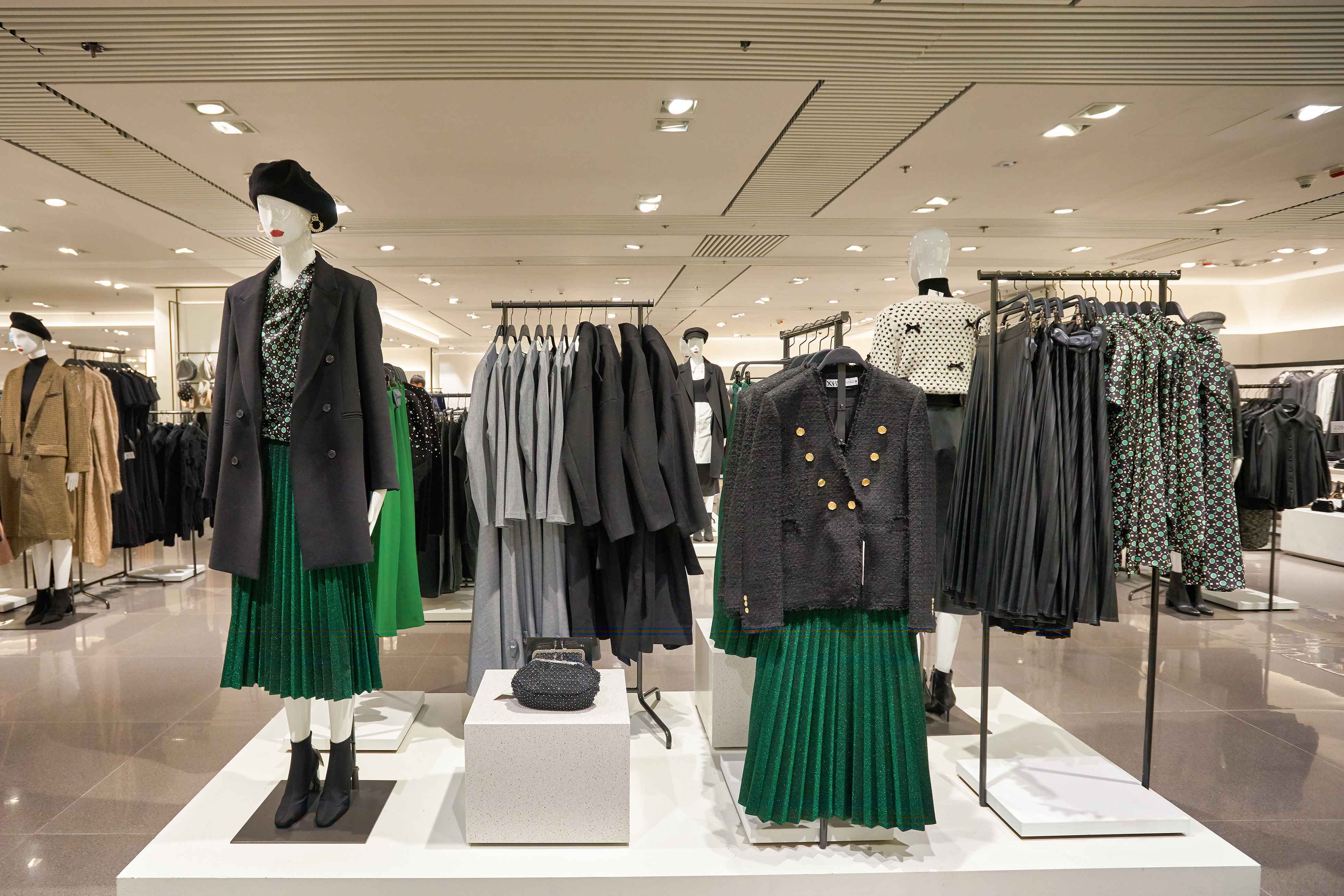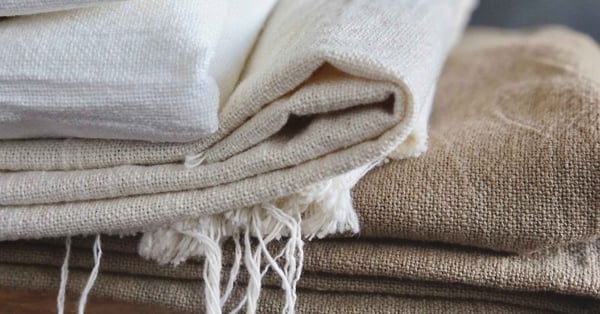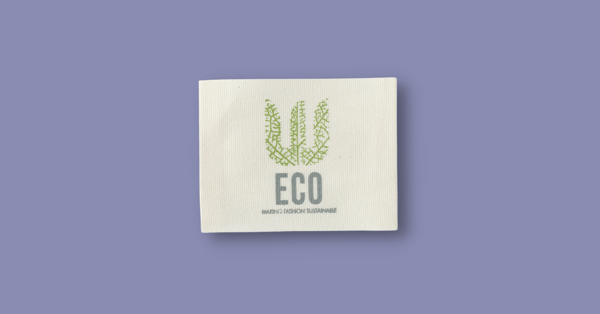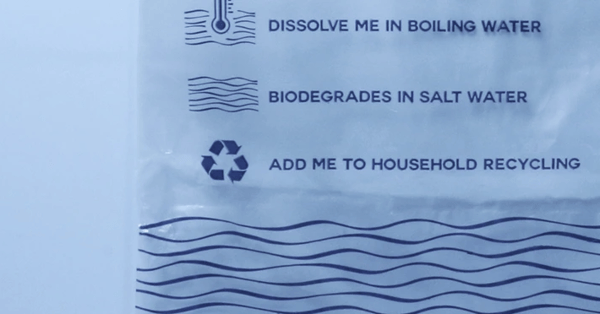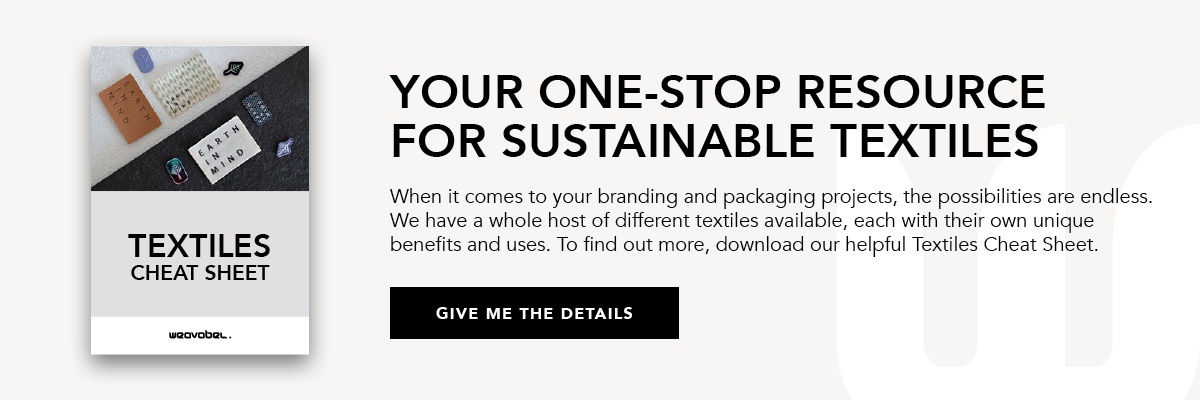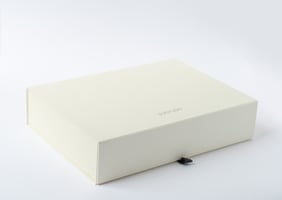Sustainable fashion materials: Do they exist?
Explore the world of sustainable materials for clothing. Do they exist? In short, yes. Find out everything that you need to know with Weavabel.
.jpeg)
Up to 100 billion garments are produced every year. Even more shocking is that 92 million tonnes of that clothing ends up in landfills in the same period. That's a lot of materials and, with it, wasted natural resources, pollution and landfill.
Sustainable fashion materials are the ideal solution to remedy this, and luckily, they do exist. Modern shoppers are drawn to businesses willing to aid the environment rather than harm it, so there’s a market to appeal to.
This post will cover everything you need to know about sustainable fashion materials, the existing options and how they can make the industry more eco-friendly.
- Could the fashion industry be more eco-friendly?
- What sustainable fashion materials are there?
- Looking for more sustainable fashion materials?
Could the fashion industry be more eco-friendly?
The short answer is — yes. The fashion industry is under the spotlight and increasingly comes under fire as consumers, governments and businesses become more eco-aware and demand more sustainability.
As an industry, fashion is worth billions. Clothing brands and manufacturers source materials from across the world and usually look for the best deals in price and quality. But while businesses are keeping up with the latest trends and sourcing their materials, they can actually be harming the environment.
The main root of the issue is the size and demand of the fashion industry. The industry itself is massive and highly fast-paced, therefore demand is high, supply skyrockets and the damage made to the environment can be widespread.
When consumers buy fashionable clothes, they often don’t think about the impact they may have on the environment. They just want to look good.
But brands and manufacturers should care because they’re the ones who can take the lead in looking out for the environment. They can ensure our products are produced in the most sustainable way possible and make them available for consumers to buy. And thus, spreading the eco-friendly spirit.
What can be done?
With climate change happening quicker than ever and more people being aware of the effects of it, manufacturers can take precautions and make small changes to help the industry become more eco-friendly.
Fashion is considered one of the most harmful industries, contributing to 10% of all greenhouse gas emissions. But that’s changing — and quickly. Many buyers realise the damage of unsustainable materials on the environment and are changing their sourcing activities to match.
Just as people are becoming more aware of what they eat and how they recycle, more are becoming conscious of the clothing they buy — is it sustainably made? Are sustainable fashion materials used? What's the carbon footprint of a garment?
What sustainable fashion materials are there?
It's never too late for the fashion industry to change. There are sustainable fashion materials that can make the whole production process more eco-friendly. As a manufacturer, here are some materials you should incorporate into your latest releases if you want to target consumers that are conscious of the environment.
Linen
Linen is a popular plant-based fabric, particularly for summer outfits. Conventional linen is often processed by soaking the flax crop in waterways or rivers, meaning many pollutants enter the water. This isn’t good.
However, linen can also be farmed in a more environmentally friendly way.
Dew-retting and enzyme-retting are the more eco-friendly ways to farm linen. These two ways can be carried out on rough terrain unsuitable for food production. Therefore, there’s no risk of harming the food we eat with different chemicals that could be potentially dangerous.
Organic cotton
Cotton can be found in many different garments. From sweatshirts to underwear, cotton is a versatile material that’s in high demand across the globe.
Organic cotton farming is carried out globally. Farmland is treated to remove toxins and sufficient time is given to cleanse the land. Fertilisers and pesticides aren't used and the cotton plants aren't genetically modified.
The process reduces pollution and water contamination due to removing the chemicals and pesticides from the growing process. Grown globally also helps reduce the carbon footprint.
To take things one step further, organic cotton can also be GOTS certified, ensuring it meets the highest sustainability standards.
Recycled polyester
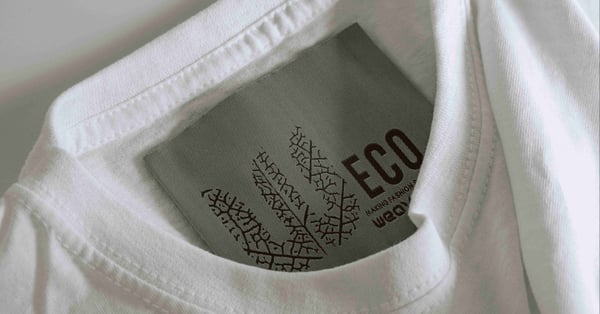
Another main play in the clothing industry is polyester. It can be found in 60% of clothing due to its stretchiness, comfort and overall durability.
Raw polyester is manufactured from crude oil and requires many chemicals to process the materials. It also releases microfibre plastics into waterways during washing, harming the environment further. So how can it be a sustainable fashion material?
Polyester can be created from recycled plastic which is much more environmentally sustainable. Many manufacturers currently use recycled plastic bottles or post-consumer waste for polyester manufacturing.
Bamboo yarns
.jpeg?width=600&height=314&name=DSC_0179_11zon%20(1).jpeg)
Bamboo is a sustainable fashion material quickly gaining popularity for garments and trims. It has many similar properties to cotton, yet is softer on the skin and slightly less durable, making it ideal for sportswear, loungewear and underwear.
Bamboo is a regenerative and biodegradable material, meaning that resources quickly regrow and garments will decompose if they end up in landfills.
A drawback of cotton is it uses a large amount of water during production — around 2,700 litres per t-shirt — wasting and depleting natural resources. However, bamboo uses far less water to produce, reducing the effect this sustainable fashion material has on the environment.
Water-soluble plastic
When considering sustainable fashion materials, it's not just about the garment's material itself. Fashion brands must look at the bigger picture and consider all materials used throughout the fashion supply chain, including packaging.
If you've ever shopped online or seen garments travel through the supply chain, you'll often find them wrapped in clear plastic poly bags. Single-use plastic is a massive problem worldwide and the more we can limit its use and waste, the better.
That's where eco poly bag options come into play. Poly bags can be made from a wide range of recyclable, recycled and biodegradable materials, including water-soluble plastic.
Water-soluble plastic is a PVA-based plastic with all the properties of standard plastic, yet it's biodegradable. Simply dissolve in boiling water, reducing the amount of plastic in our oceans and landfills.
Looking for more sustainable fashion materials?
Then you've come to the right place. At Weavabel, sustainable fashion materials are our primary focus, helping businesses like yours become more eco-friendly.
From swing tags and embroidered badges to care labels and eco poly bags, our range of materials is extensive, innovative and ever-evolving.
To find out more about the materials we use or that you can use in your next fashion project, download our Textiles Cheat Sheet to get inspired.

